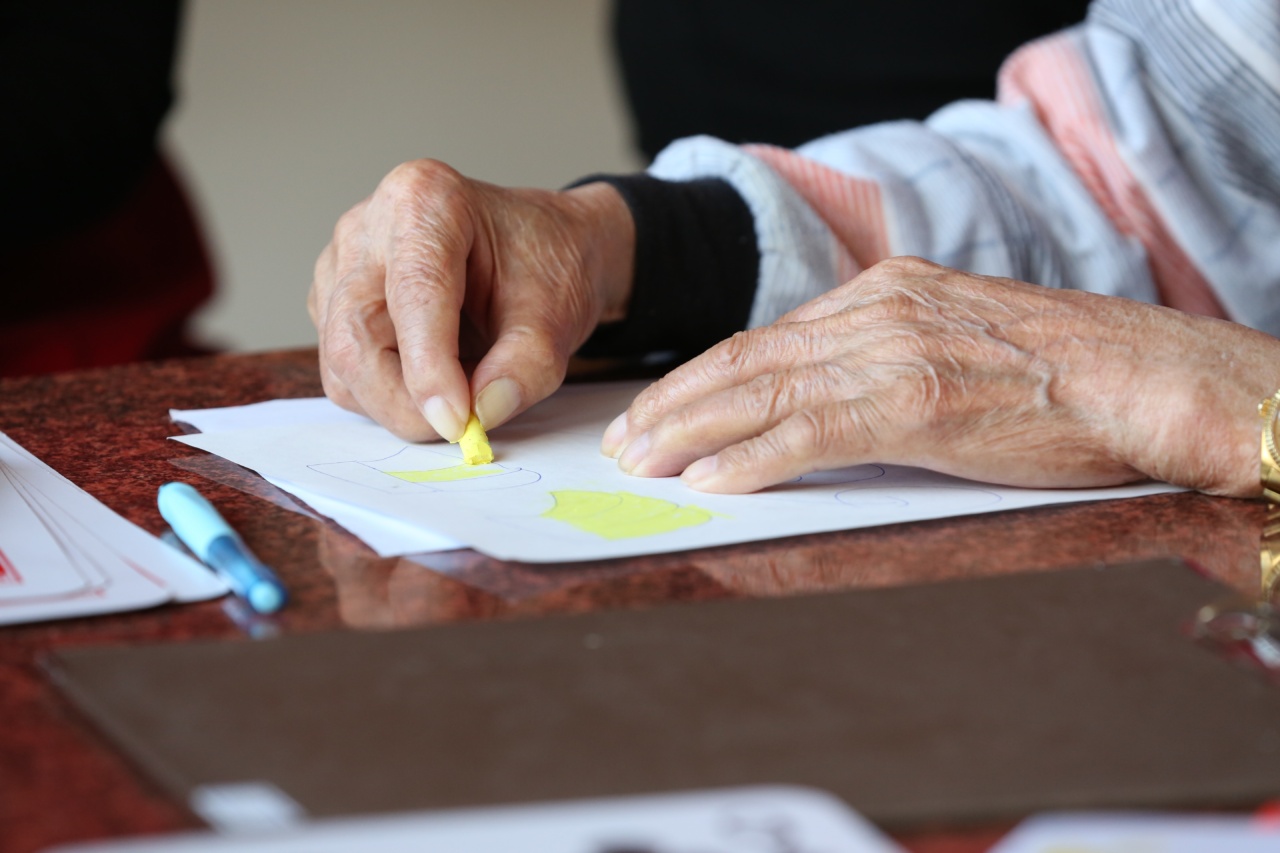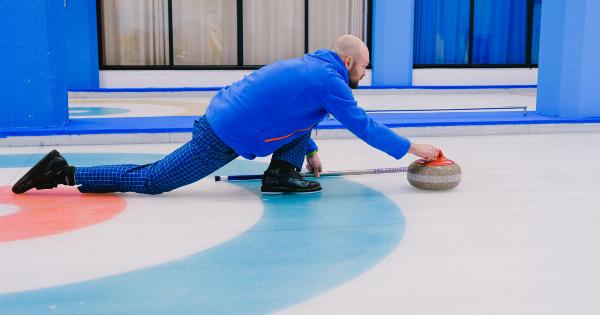Knee pain is a common condition that can be caused by various factors such as meniscus tear, tendonitis, or arthritis. These conditions can significantly affect one’s mobility and quality of life.
However, there are several effective ways to treat knee pain and find relief. In this article, we will discuss the causes of knee pain and provide information about treatment options.
1. Understanding Meniscus Tear
Meniscus tear is a common knee injury that typically affects athletes and individuals involved in activities that require sudden changes in direction or twisting motion.
The meniscus is a rubbery, C-shaped disc that acts as a shock absorber between your shinbone and thighbone. When this cartilage is torn, it can cause pain, swelling, and stiffness in the knee.
2. Treating Meniscus Tear
The treatment for meniscus tear varies depending on the severity of the injury. In some cases, conservative treatments such as rest, ice, compression, and elevation (RICE) may be sufficient to reduce pain and swelling.
Additionally, non-steroidal anti-inflammatory drugs (NSAIDs) can help manage pain and inflammation.
If conservative treatments do not provide adequate relief, more advanced treatments may be necessary. These can include physical therapy, where exercises are performed to strengthen the muscles surrounding the knee and improve stability.
In some cases, surgical intervention, such as arthroscopic surgery, may be required to repair or remove the damaged meniscus.
It is essential to consult with a healthcare professional to determine the most appropriate treatment plan for your specific condition.
3. Understanding Tendonitis
Tendonitis, also known as tendinitis, is the inflammation or irritation of a tendon, which is the thick cord that attaches muscle to bone.
In the case of knee tendonitis, the patellar tendon, which connects the kneecap to the shinbone, is commonly affected. Overuse, repetitive movements, or sudden increase in physical activity can contribute to the development of tendonitis.
4. Treating Tendonitis
Rest and modified activity are often the initial steps in treating knee tendonitis. Giving the affected tendon time to heal is crucial in reducing pain and inflammation.
Applying ice to the affected area can also provide pain relief and help reduce swelling.
Physical therapy is an essential component of tendonitis treatment. A physical therapist can guide you through exercises that promote healing, strengthen the muscles around the knee, and improve flexibility.
They may also use techniques such as ultrasound therapy or electrical stimulation to enhance the healing process.
In severe cases, corticosteroid injections may be administered to reduce inflammation and alleviate pain. However, these injections are typically used as a last resort due to potential side effects.
5. Understanding Arthritis
Arthritis is a broad term encompassing various conditions that cause inflammation and degeneration of joints. Osteoarthritis and rheumatoid arthritis are the most common types affecting the knee joint.
Osteoarthritis occurs due to the wear and tear of the knee joint over time. It primarily affects older individuals, but it can also develop as a result of previous injuries.
Rheumatoid arthritis, on the other hand, is an autoimmune disease where the body’s immune system mistakenly attacks the joints, leading to inflammation and swelling.
6. Treating Arthritis
The treatment approach for arthritis aims to manage pain, reduce inflammation, and improve joint function.
Non-pharmacological interventions, such as weight management, regular exercise, and physical therapy, can play a significant role in managing arthritis symptoms.
Medications, including non-steroidal anti-inflammatory drugs (NSAIDs), analgesics, and corticosteroids, may be prescribed to relieve pain and reduce inflammation.
In some cases, disease-modifying antirheumatic drugs (DMARDs) or biologic agents may be used to help slow down the progression of rheumatoid arthritis.
In severe cases of arthritis where conservative treatments have not provided relief, surgical options like joint replacement surgery may be considered.
These procedures involve replacing the damaged joint surfaces with artificial components to restore function and relieve pain.
7. Supporting Knee Health with Lifestyle Changes
In addition to specific treatments for meniscus tear, tendonitis, and arthritis, certain lifestyle changes can contribute to overall knee health and pain relief. These changes include:.
– Maintaining a healthy weight to reduce stress on the knees.
– Engaging in regular low-impact exercises to strengthen the muscles around the knee.
– Wearing supportive shoes and using orthotic inserts to provide proper alignment and support.
– Avoiding activities that place excessive strain on the knees or involve repetitive movements.
– Taking breaks and practicing proper ergonomics during activities that require prolonged periods of kneeling or squatting.
8. Conclusion
Knee pain caused by meniscus tear, tendonitis, or arthritis can greatly affect one’s quality of life. However, with appropriate treatment and lifestyle modifications, individuals can find relief and manage their knee pain effectively.
It is vital to consult with a healthcare professional to accurately diagnose the underlying cause of knee pain and develop a personalized treatment plan.























